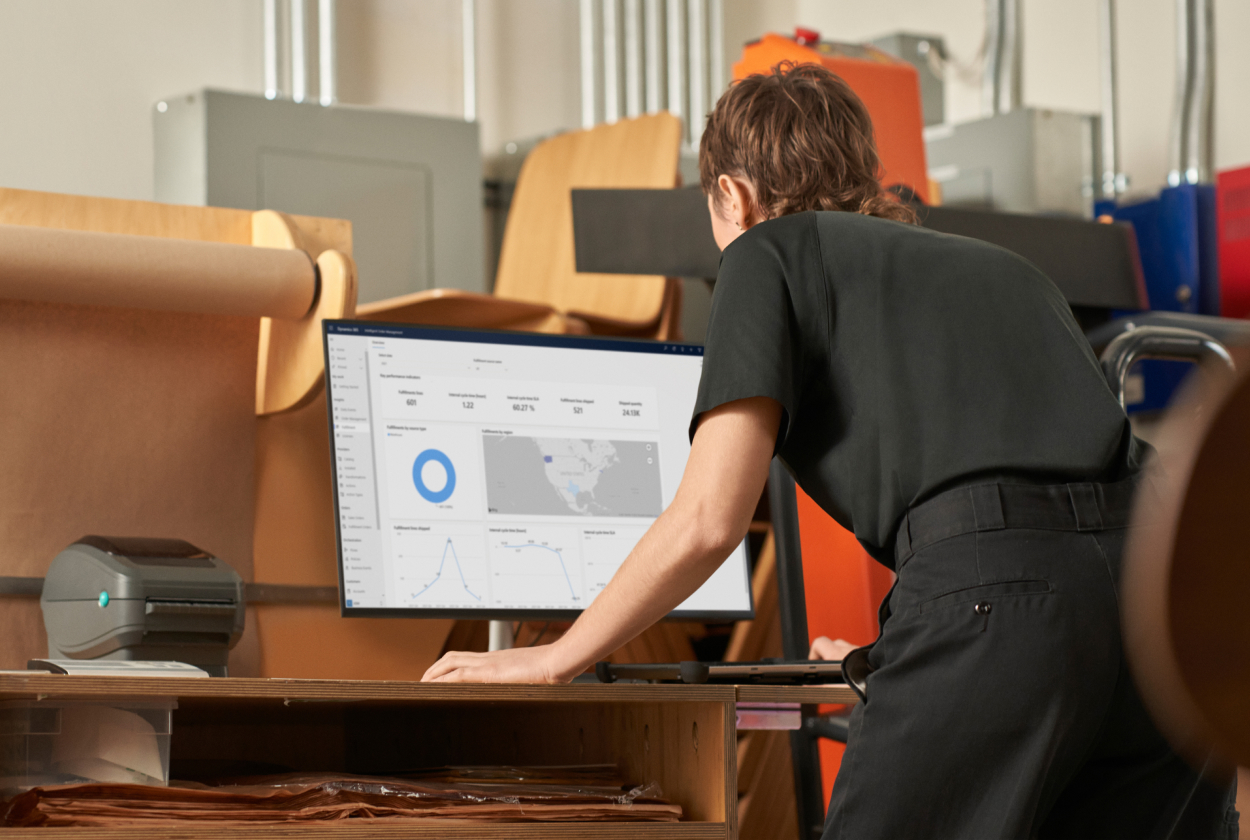Use Azure OpenAI to turn whiteboard sketches into data pipelines
At the Microsoft Fabric Community Conference Europe 2024, we announced the General Availability (GA) of Copilot for Data Factory. It operates like a subject-matter expert (SME), collaborating with you to design your dataflows. Find our Copilot for Data Factory GA announcement blog.
Today, we all brainstorm ideas and draw sketches before formalizing them. As data engineers, we often brainstorm ideas, draw representations on whiteboards, and then take pictures for later reference when building real data pipelines. Imagine being able to create such complex data pipelines using whiteboard images representing data pipelines with GPT-4o in Azure OpenAI.
Use Azure OpenAI to turn whiteboard sketches into data pipelines
By using GPT-4o model through Azure Open AI Service, you can transform whiteboard sketches into data pipelines making data engineers more productive. Whether it’s parsing and understanding images to generate pipelines or automating repetitive tasks, the possibilities are endless. In this tutorial, we show you how to transform a whiteboard idea into a Fabric Data Factory data pipeline using just a picture and GPT-4o.
What do you need to get started? Just a Microsoft Fabric account (click for a free trial) and an idea.
Automation at Your Fingertips
The Fabric REST APIs for pipelines provide a robust framework for automation, allowing users to seamlessly integrate their data workflows with other systems and applications. This level of automation not only saves time but also ensures consistency and accuracy across your data processes. With the Fabric REST APIs, you can easily create, update, trigger pipeline runs and monitor their progress.
Data Integration in the era of AI
As we continue to explore the potential of AI in data integration, we are excited about the future possibilities. Copilot for Data Factory is just the beginning. We envision a world where data integration is not just a technical necessity but a strategic advantage. By harnessing the power of AI, we can increase developer productivity, drive innovation, and create value for our customers.
For more information, check out the following resources:







